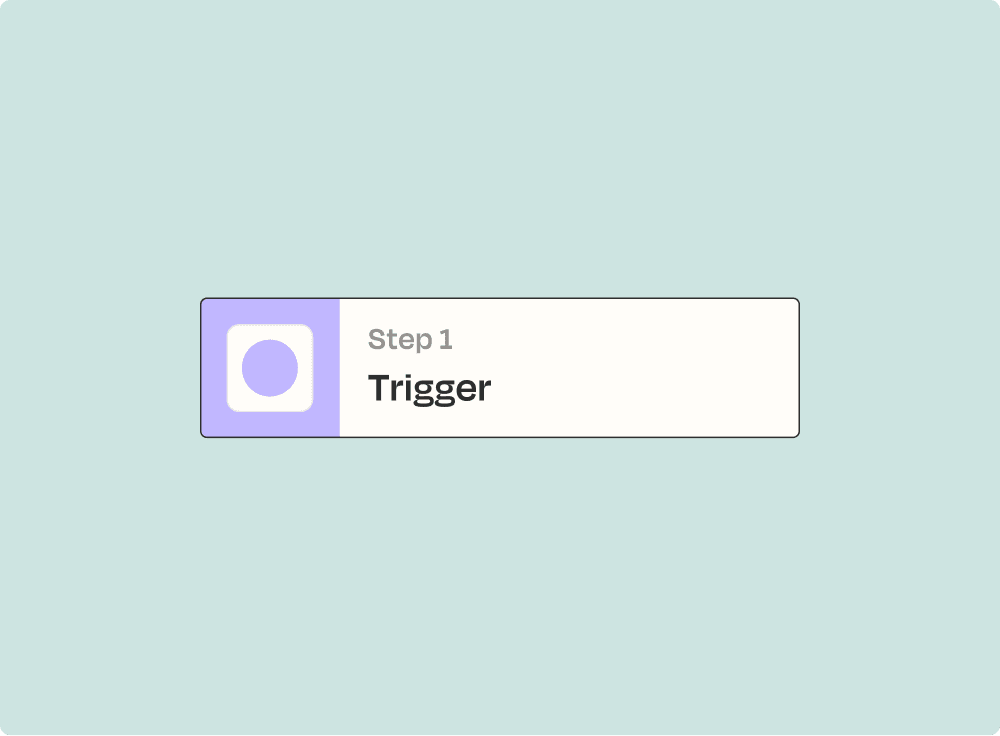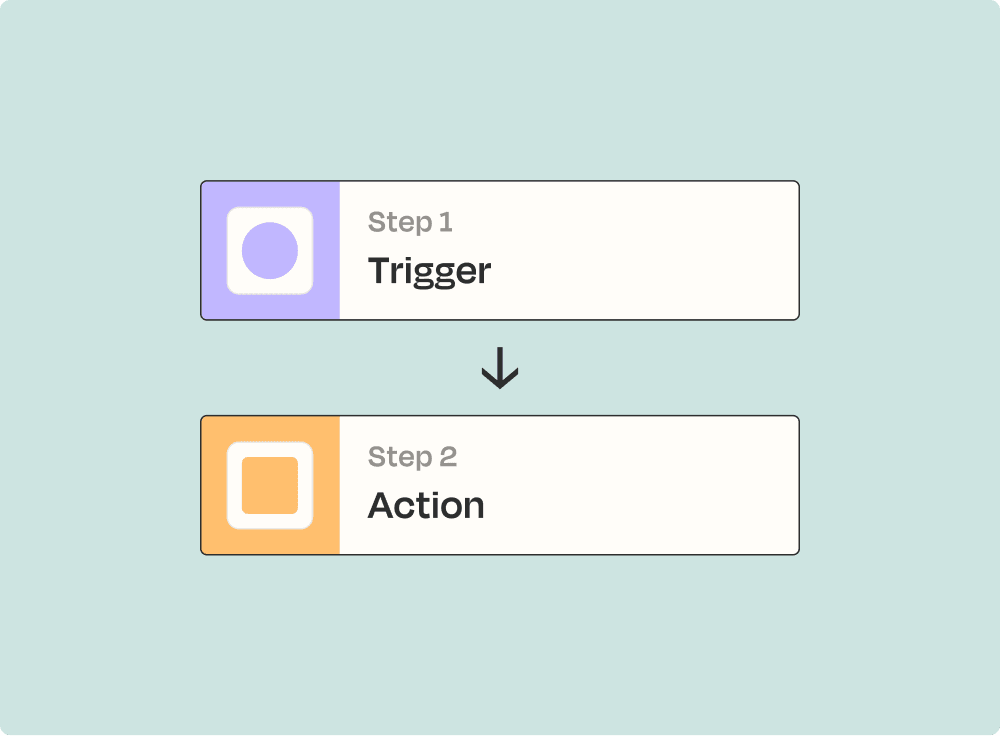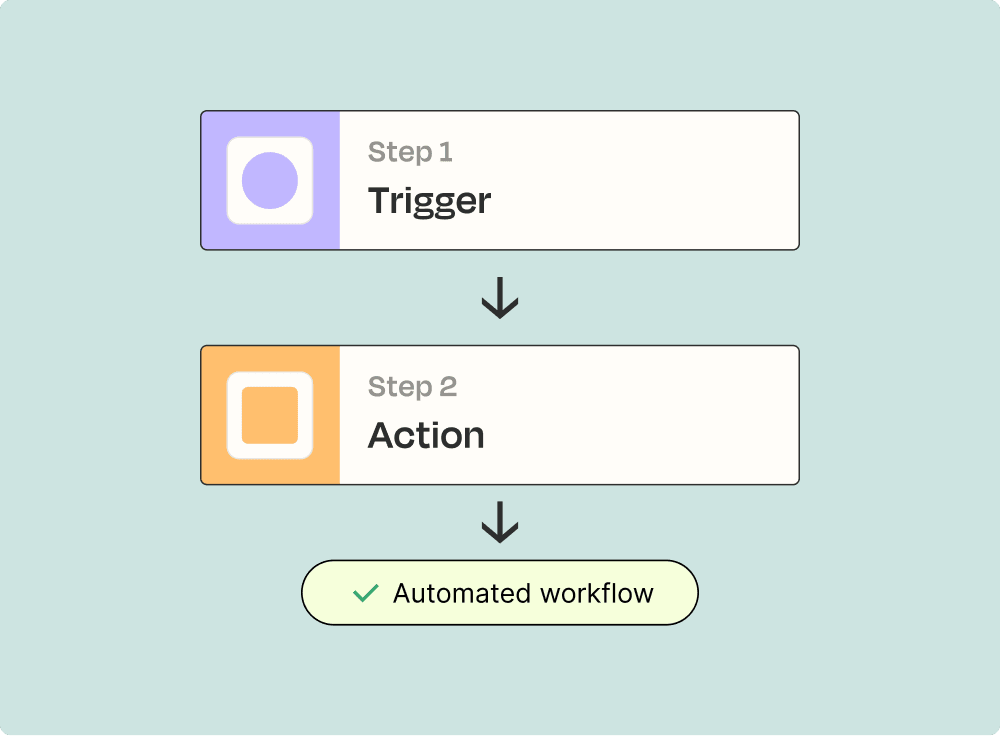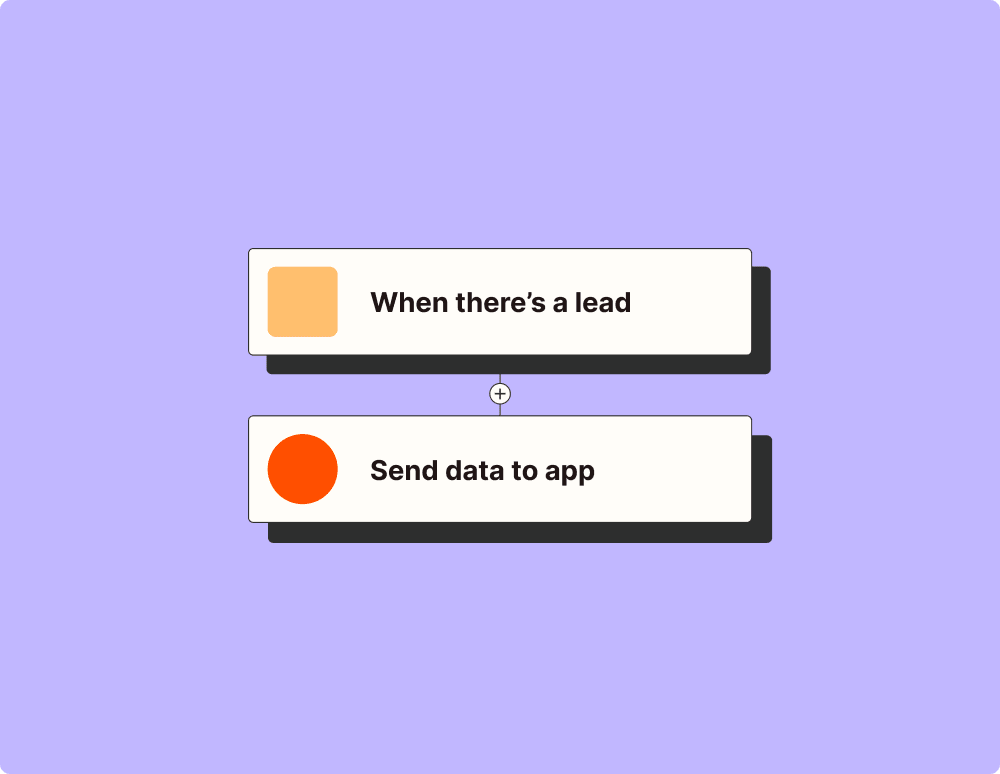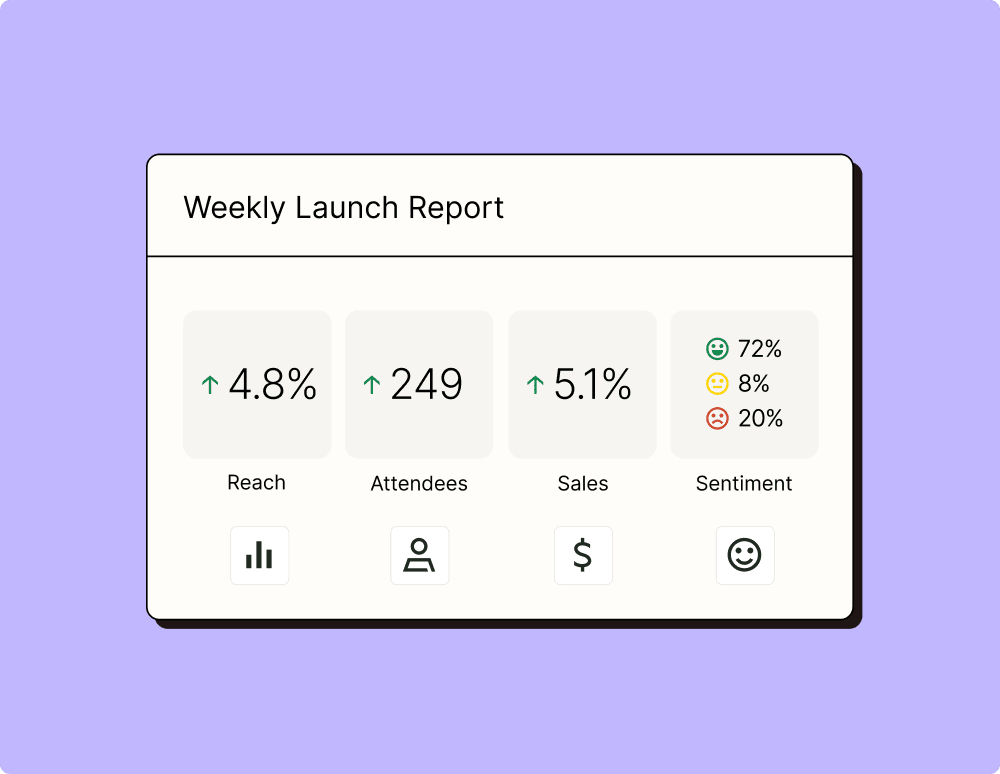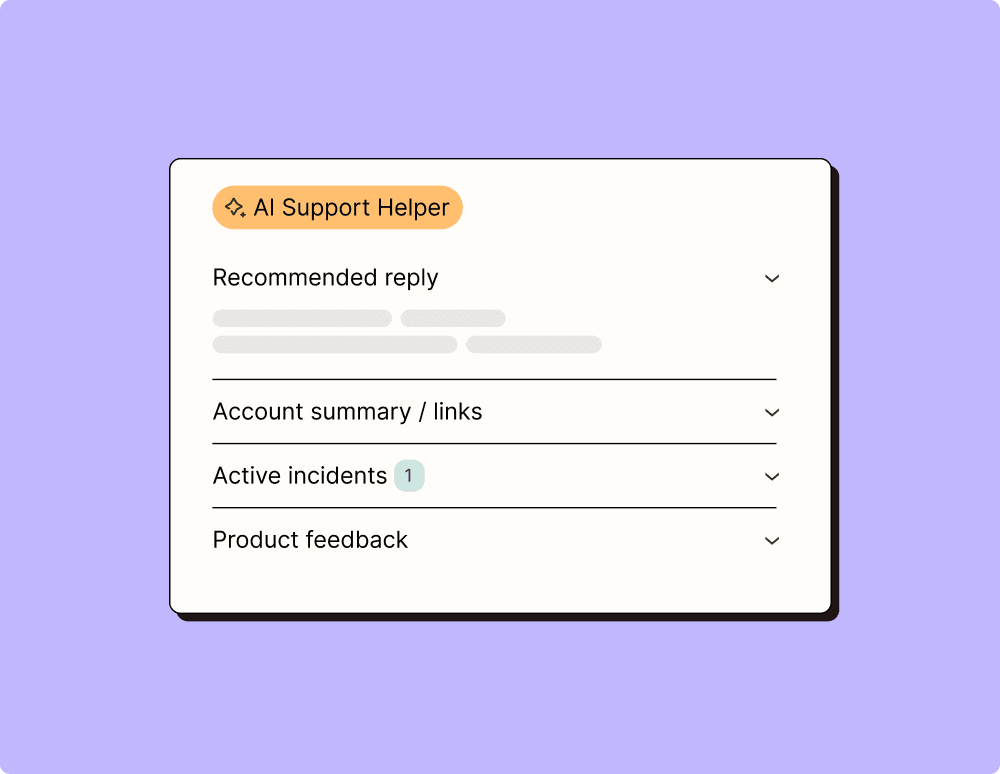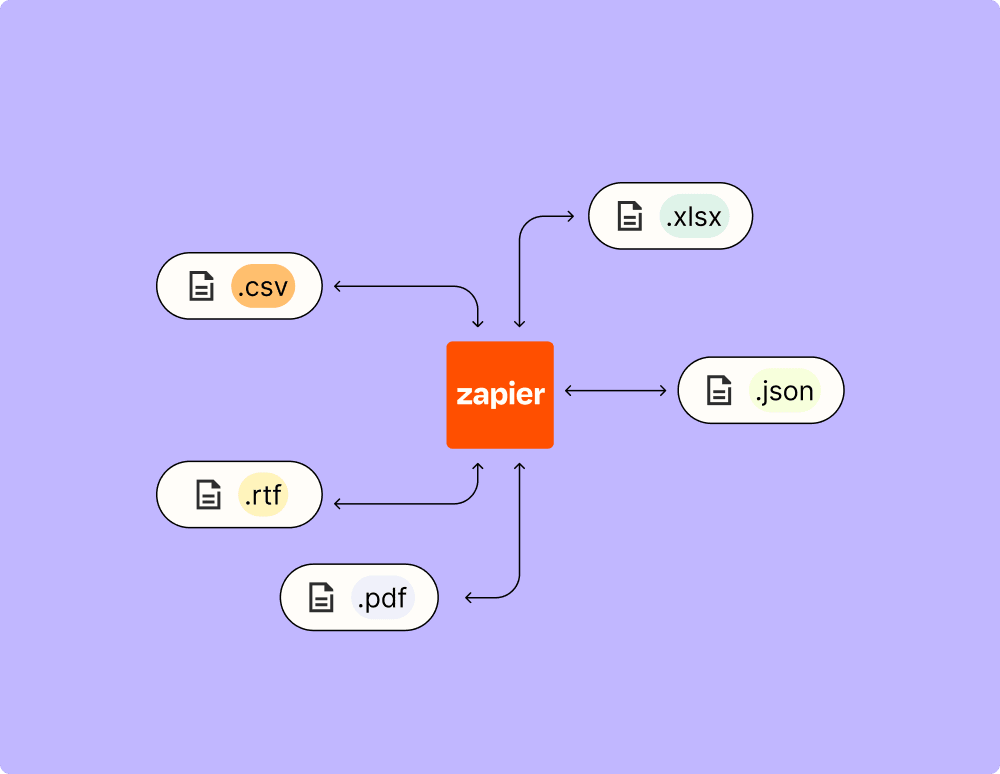Connect Google Docs and Webhooks by Zapier to unlock the power of automation
- No credit card required
- Free forever for core features
- 14-day trial for premium features and apps
Set up your first integration
Quickly connect Google Docs to Webhooks by Zapier with a Zapier template.
Our most popular template

How Zapier works
Zapier makes it easy to integrate Google Docs with Webhooks by Zapier - no code necessary. See how you can get setup in minutes.
Zapier is the automation platform of choice for 87% of Forbes Cloud 100 companies in 2023
93%
Customers who say using Zapier has made them better at their job
25m
Customers have created over 25 million Zaps on the platform
6 mins
The average user takes less than 6 minutes to set up a Zap
Frequently Asked Questions about Google Docs + Webhooks by Zapier integrations
New to automation with Zapier? You're not alone. Here are some answers to common questions about how Zapier works with Google Docs and Webhooks by Zapier
How can I trigger a webhook from a new Google Docs file?
You can set up our service to trigger a webhook whenever a new document is created in Google Docs. Begin by selecting Google Docs as your trigger app and 'New Document' as the event. Then link it to 'Webhooks by Zapier' to send data to any endpoint URL.
Is it possible to update a Google Doc using data from a webhook?
Yes, we allow you to update existing Google Docs based on incoming webhook data. You should configure the action event in your workflow with 'Update Document' for Google Docs and set it to receive data points from the webhooks payload.
What kind of data can be sent via webhooks from Google Docs?
You can send various types of data such as document titles, content updates, metadata, and more through the webhooks feature. Set up your Zap by specifying what information you want included when configuring the webhook action.
Can I use Webhooks by Zapier to create automated alerts for changes in specific documents?
Definitely! By setting up Webhooks with our platform, you can specify triggers for particular document changes like edits or shared permissions. The configured webhook will then alert your designated system or application.
How do I configure error handling when using Webhooks with Google Docs?
Error handling is crucial, and within our platform, you can configure error paths that re-attempt sending webhooks if there’s an issue. This often involves setting retry triggers on failures or logging errors for later review.
Are there rate limits I should be aware of when using Webhooks with Google Docs?
Indeed, both Google Docs and our webhooks have rate limits that are important during integration planning. Ensure to review these limits in our documentation as frequent triggers might hit these thresholds causing delays or interruption.
What security measures are in place for using Webhooks with Google Docs?
We prioritize security at every step. Our webhooks provide HTTPS encryption, and we recommend securing endpoints with authentication tokens or keys for an added layer of protection against unauthorized access.
Supported triggers and actions
Zapier helps you create workflows that connect your apps to automate repetitive tasks. A trigger is an event that starts a workflow, and an action is an event a Zap performs.
- New Document
Triggers when a new document is added (inside any folder).
Try It - Drive
- Folder
- Document NameRequired
- Text to AppendRequired
- Append Text on New Line?
- Document NameRequired
- New Document NameRequired
- Drive
- Folder
- Apply standard error handling?Required
- HTTP MethodRequired
- URLRequired
- Query String Parameters
- Additional Request Headers
- Body
- Drive
- Folder
Try It- Drive containing the template document
- Template_folder
- Document NameRequired
- New Document NameRequired
- Drive
- Folder
- Sharing Preference
- Unused Fields Preference
- Export Formats
- New Document NameRequired
- Document NameRequired
- Drive
- Folder
- Export Formats
- Drive
- Folder
- New Document NameRequired
